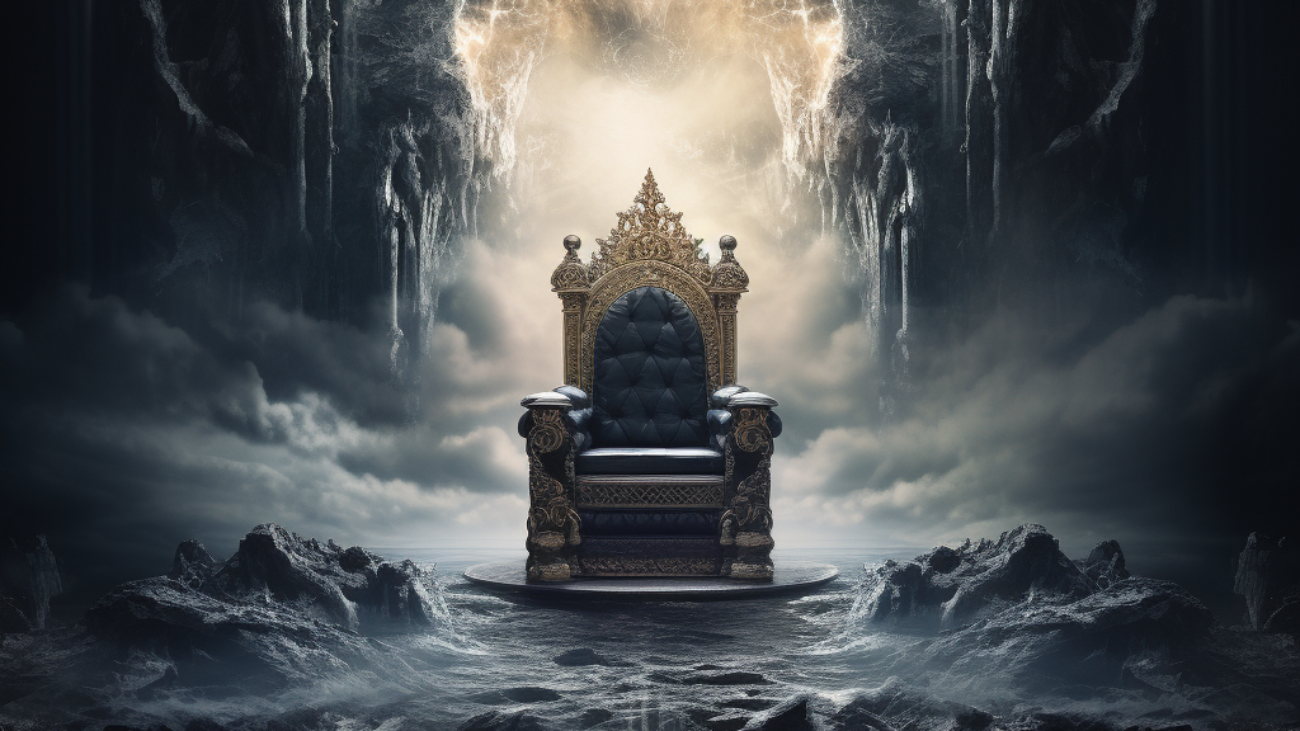In Initiation in the Aeon of the Child, Dan Gunther brought clarity to the idea that in the A∴A∴, N.O.X. supplants L.V.X. as the formula of attainment. He demonstrated some of the implications of this, both with regard to the Outer College work and with regard to Knowledge and Conversation and Crossing the Abyss.
In a recent article of mine on the formula of the Rosy Cross (soon to be published), I tracked the ways in which Crowley altered the formula of the Rosy Cross when he brought it from the Golden Dawn into A∴A∴. In that essay I also wrote about the importance of AHIH for the work of the Golden Dawn, which Mathers regarded as the “first principle” of the Kabbalah. The fixing of LVX in Tiphareth—which is accomplished in the Adeptus Minor grade of the G.D.—is equivalent to estabilshing the light of Kether or AHIH in one’s body. I argued that this recapitulates the fiat and redeems the individual from a state characteristic of the Fall from Eden. I built on Gunther’s work, showing how the symbolism of spirit had been moved from the G.D. Portal grade into Malkuth and the Neophyte ritual and how much of the symbolism of Tiphareth and the Adeptus Minor grade had been moved into Yesod/Zelator. And while the Rosy Cross formula is introduced in Zelator, it is only completed in Binah, when one transforms oneself into the Mother and becomes the Graal in which the quintessence is prepared.
But I think the underlying cause of these changes that we see in the Tree of Life and in the formulae of attainment has deeper roots beyond the Tree itself. If one wants to keep with the Tree metaphor, the ultimate cause is to be found in the root of the Tree or in the soil it grows in.
There’s a subtle difference between Crowley’s and Mather’s Kabbalah. For Mathers, the first principle of the Kabbalah is AHIH, I am that I am, which is also the godname of Kether. For Crowley, the first principle is what he refers to as the Qabalistic Zero or nothingness extended in no categories. For Mathers, establishing contact with what is most real means establishing contact with a presence: divine light or the selfhood of the Protogonos. For Crowley, realization is actually absence. It’s about the hollowing out or the emptying of the self—and not for it to be filled with something else. Absence or emptiness itself is ultimate reality. Crowley is emphasizing the idea of substantive nothingness from Lurianic Kabbalah and making it do more work than Mathers did.
But the nothingness is not simple absence (what Hegel would term “immediate absence”) in opposition to presence. It’s the union or the transcendence of their opposition: what he terms becoming. This is not the becoming of something, such as when ice becomes liquid water. Rather it is becoming pure and simple. For Crowley, becoming is more fundamental than things that become—or as I’ve also put it, love is more fundamental than lovers. Lovers exist for the sake of love, not the other way around.
Another way to understand this is that, rather than incarnating light or LVX at the center of one’s being, as is symbolized in the G.D. Adeptus Minor ritual, you are realizing O!, the joy of existence, or the death-begetting coitus of Nuit and Hadit within your center. It is this “O” or sense of wonder which lies at the heart of N.O.X., which is supported on one side by death (N) and on the other by the Phallus (X) or the generative principle.
So to transcend one’s limited state and to make contact with one’s true self does not ultimately mean making contact with another being. (Whether there is mediate contact with a presence, such as accords with some interpretations of the Holy Guardian Angel, is another story.) True self is not a substance but rather a process, a continual going as Crowley would say. It’s oneself as a god adventuring across the Path in Eternity for instance. Or in the context of this life, it is change which does not oppose itself to autonomy and individuality but which is rather the essential expression of it, which Crowley calls “love under will”.
So on the path of initiation, we have this shift of the spirit symbolism down into Malkuth, the fixing of the light down into Yesod, the vault of initiation up into Binah—this is what Gunther nicely brought into focus—but there is an additional shift that occurs below the root of the Tree, beyond Kether. The change in the formulae of initiation have their roots in changes in metaphysics. The first principle has shifted from AHIH/Kether to the darkness of the Qabalistic Zero, which the the result that mystical attainment is the realization of a particular kind of nothingness rather than presence in yourself.
